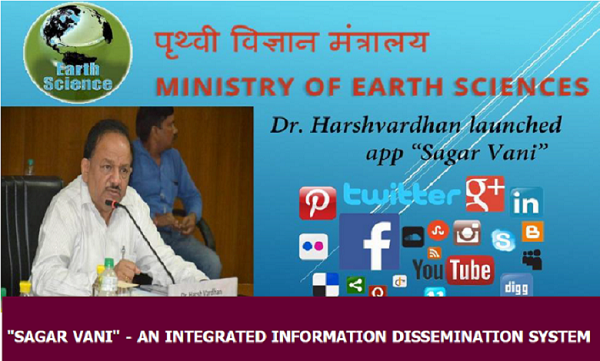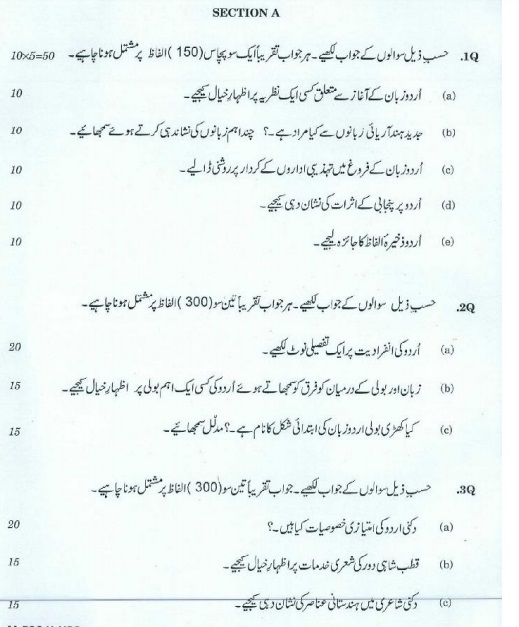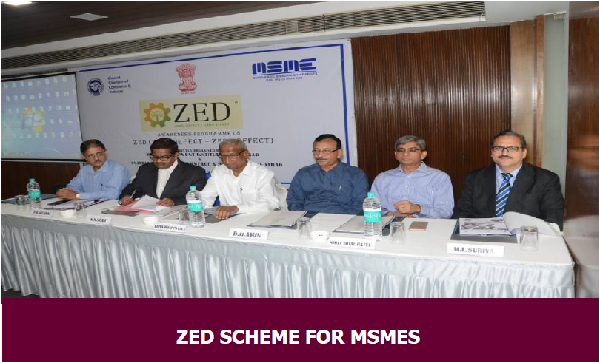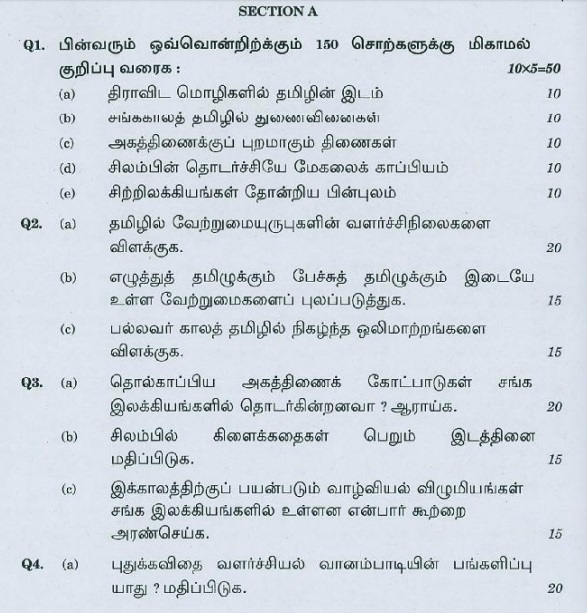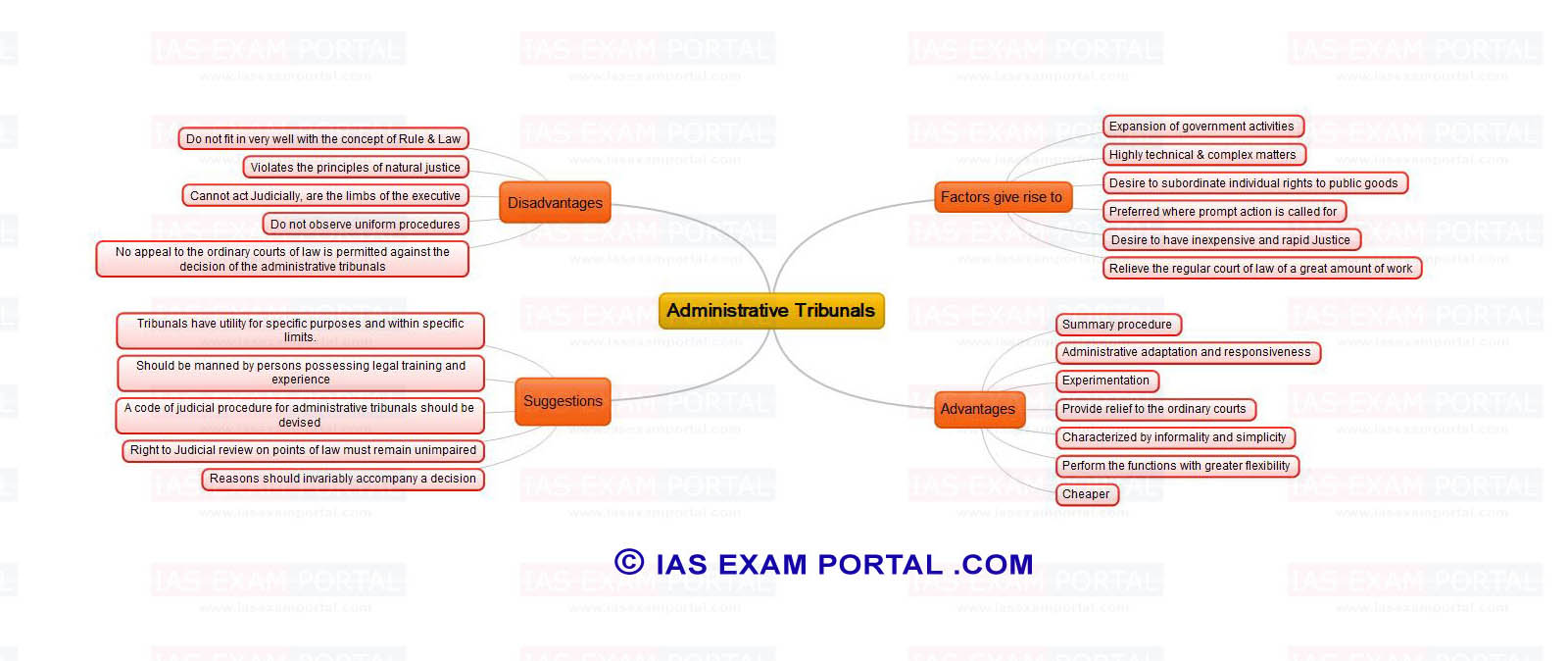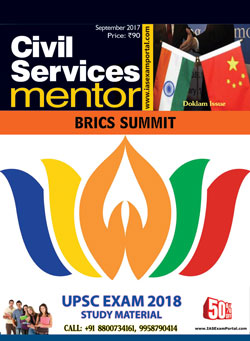
(GIST OF YOJANA) GST – THE GAME CHANGER - September-2017
GST – THE GAME CHANGER
The genesis of the introduction of Goods and Services tax (GST) in the
country was laid down in the historic Budget Speech of 28th February 2006,
wherein the then Finance Minister laid down 1st April, 2010 as the date for the
introduction of GST in the country. Thereafter, there has been a constant
endeavor for the introduction of the GST in the country whose culmination has
been the introduction of the Constitution (l22nd Amendment) Bill in December,
2014. International experience clearly shows that health insurance can only
function when the basic health infrastructure is in place and this is a function
that the government alone can perform. There is no getting away from the fact
that if Health for All is to be a reality, then government must find the
necessary funds to enhance expenditure on the health sector while simultaneously
reforming the sector to ensure greater efficiency.
Rao (2017) provides an idea of the extent of funding that is required for the
purpose. As per her estimates, strengthening the delivery system would require 1
to 1.5 per cent of GDP as capital investment to ensure adequate health
infrastructure, with another 1 per cent of GDP being required to provide free
universal access to comprehensive primary care, secondary care and a select set
of tertiary conditions for 60 per cent of the population. Additionally, atleast
2 per cent of GDP would be required towards capital investment to build required
supporting infrastructure related to public sanitation, waste disposal,
nutrition and housing.
Why GST?
A common refrain in the popular discussions is what is the need for the
introduction of GST? To answer that question, it is important to understand the
present indirect tax structure in our country. Presently, the Central Government
levies tax on manufacture (Central Excise duty), provision of services (Service
Tax), interstate sale of goods (CST levied by the Centre but collected and
appropriated by the States) and the State Governments levy tax on retail sales
(VAT), entry of goods in the State (Entry Tax), Luxury Tax, Purchase Tax, etc.
It is clearly visible that there are multiplicities of taxes which are being
levied on the same supply chain.
There is cascading of taxes, as taxes levied by the Central Government are
not available as setoff against the taxes being levied by the State governments.
Even certain taxes levied by State Governments are not allowed as set off for
payment of other taxes being levied by them. Further, a variety of VAT laws in
the country with disparate tax rates and dissimilar tax practices, divides the
country into separate economic spheres. Creation of tariff
and non-tariff barriers such as Octroi, entry Tax, Check posts etc. hinder the
free flow of trade throughout the country. Besides that, the large number of
taxes creates high compliance cost for the taxpayers in the form of number of
returns, payments etc.
What is GST?
All the indirect taxes mentioned earlier are proposed to be subsumed in a
single tax called the Goods and Services Tax (GST) which will be levied on
supply of goods or services or both at each stage of supply chain starting from
manufacture or import and till the last retail level. So basically any tax that
is presently being levied by the Central or State Government on the supply of
goods or services is going to be converged into GST.
GST is proposed to be a dual levy where the Central Government will levy and
collect Central GST (CGST) and the State will levy and collect State GST (SGST)
on intra-state supply of goods or services. The Centre will also levy and
collect Integrated GST GST) on inter-state supply of goods or services. Thus GST
is a unifier that is going to integrate various taxes being levied by the Centre
and the State at present and provide a platform for forging an economic union of
the country.
This tax reform will lead to creation of a single national market, common tax
base and common tax laws for the Centre and States. GST is an example of how
federal system of Government as laid down in our Constitution can actually be
implemented in reality on ground in our country.
Another very significant feature of GST will be that input tax credit will be
available at every stage of supply for the tax paid at the earlier stage of
supply.
Advantages of GST:
Advantages for the Government:
• Will help to create a unified common national market for India, giving a boost
to foreign investment and "Make in India" campaign;
• Will mitigate cascading of taxes as Input Tax
Credit will be available across goods and services at every stage of supply;
• Harmonization of laws, procedures and rates of tax between Centre and rates
and across States;
• Similar uniform SGST and IGST rates will reduce the incentive for evasion by
eliminating rate arbitrage between neighbouring States and that between intra
and inter-state sales;
• Common procedures for registration of taxpayers, refund of taxes, uniform
formats of tax return, common tax base, common system of classification of goods
and services will lend greater certainty to the taxation system;
• Greater use of IT will reduce human interface between the taxpayer and the tax
administration, which will go a long way in reducing corruption;
• It will boost export and manufacturing activity, generate more employment and
thus increase GDP with gainful employment leading to substantive economic
growth;
• Ultimately it will help in poverty eradication by generating more employment
and more financial resources.
Advantages to Trade and Industry:
• Simpler tax regime with fewer exemptions;
• Increased ease of doing business;
• Reduction in multiplicity of taxes that are at present governing our indirect
tax system leading to simplification and uniformity;
• Elimination of double taxation on certain sectors like works contract,
software, hospitality sector;
• Will mitigate cascading of taxes as Input Tax Credit will be available across
goods and services at every stage of supply;
• Reduction in compliance costs- No multiple record keeping for a variety of
taxes - so lesser investment of resources and manpower in maintaining records;
• More efficient neutralization of taxes especially for exports thereby making
our products more
competitive in the international market and give boost to Indian Exports;
• Simplified and automated procedures for various processes such as
registration, returns, refunds, tax payments, etc;
• Average tax burden on supply of goods or services is expected to come down
which would lead to more consumption, which in turn means more production
thereby helping in the growth of the industries manufacturing in India.
Advantages to Consumers:
• Final price of goods is expected to be transparent due to seamless flow of
input tax credit between the manufacturer, retailer and service supplier;
• Reduction in prices of commodities and goods in long run due to reduction in
cascading impact of taxation;
• Relatively large segment of small retailers will be either exempted from tax
or will suffer very low tax rates under a compounding scheme - purchases from
such entities will cost less for the consumers;
• Poverty eradication by generating more employment and more financial
resources.
Advantages to States
• Expansion of the tax base as they will be able to tax the entire supply
chain from manufacturing to retail;
• Power to tax services, which was hitherto with the Central Government only,
will boost revenue and give States access to the fastest growing sector of the
economy;
Now the main thrust would be to create a nation-wide awareness among the
stakeholders and public at large to remove their doubts/confusion and
misgivings, if any, about the GST and its likely impact on businesses, prices
especially of essential commodities and employment opportunities etc. Small
businessmen and traders have to be fully briefed about the GST and related
Legislations along with the procedure to file their tax returns on line
and how to claim input tax credit wherever applicable among other.
Courtesy: Yojana


